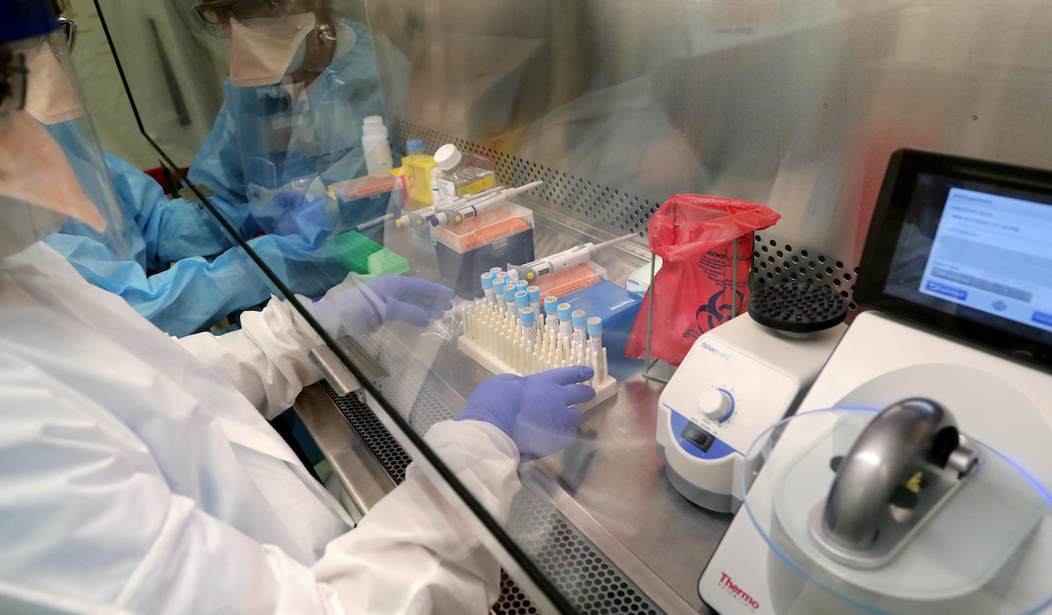The early detection and treatment of disease are well established in American medicine. For example, women are screened for breast cancer at a specific age dependent upon their family history. If the condition is detected, it is treated at the earliest possible stage. If you have flu symptoms, you need to be tested within 72 hours of symptoms to receive Tamiflu. Yet with COVID-19, patients are told to stay home until they become short of breath in many cases.
Prioritize Outpatient Care
Where a disease is not successfully prevented, the goal of the healthcare system is generally to keep people out of the hospital with early interventions. This goal should be an even more pressing imperative with COVID-19. Though the talking heads do not often share it in the corporate media, clinicians have been saying for months that the virus causes two different illnesses.
In some people, it acts like a typical upper respiratory infection. For others, it causes widespread inflammation because of an overactive immune response that can lead to severe organ damage, blood clots, and death. Researchers also know COVID-19 can cause silent hypoxia, where the patient does not become short of breath until they are already very compromised.
Hydroxychloroquine
Some doctors who are treating patients are stepping forward and sharing their experience at the successful outpatient treatment of the virus. One of the first was Dr. Vladimir Zelenko, who began treating patients with the hydroxychloroquine protocol in New York City at the beginning of the pandemic. His work was dismissed, he was personally attacked, and the corporate media ignored him. Despite the fact he has treated over 2,000 patients to date and had significant reductions in hospitalizations and deaths compared to other at-risk patient groups. French and Indian researchers have drawn similar conclusions.
Budesonide for COVID-19
Now a second doctor has publicly shared another treatment that he has been using successfully. Dr. Richard Bartlett, who has been practicing for nearly thirty years and currently works as an ER doctor, is using an inhaled steroid called budesonide outpatient. To date, none of the patients he has treated with the drug have been hospitalized or died.
Much like Dr. Zelenko, he is now being attacked and discredited because his information is anecdotal.
The public health agencies love their double-blind clinical trials. Front line doctors like results for the patient standing in front of them. Amid a pandemic, sharing success at keeping patients out of the hospital should be celebrated and widely shared. Instead, it is being attacked, discredited, and dismissed.
Need for More Outpatient Studies
The more disturbing aspect of this tension is the NIH and other clinical trials of these generic, inexpensive drugs that are not focused on outpatient use. Instead, they are being given to hospitalized patients who have progressed to having the more severe form of the disease. Doctors using these treatments have advocated them early and outpatient since disclosing their success. Trials of hydroxychloroquine in these hospitalized patients were touted as proof the drug did not work.
Likewise, the NIH study with budesonide that is due to conclude in 2024 is being conducted in hospitalized patients. The inclusion criteria require participants have confirmed pneumonia, labs indicating systemic infection, and a blood oxygen level of less than 90% on room air. Dr. Bartlett believes this study is destined to fail because it is targeting the wrong patient population for treatment.
Hydroxychloroquine was finally getting an outpatient trial. However, it neglected to add the mineral zinc to the treatment. Now an additional trial has been added that does include the mineral, but results are not expected until December.
Won’t Hurt, Might Help
For an emerging illness, the clinical trial process is an obstacle to sharing information and potentially saving lives. It withholds possibly safe and effective treatments from groups of patients to prove efficacy. Our public health agencies should determine the criteria for evaluating information from frontline clinicians on potential therapies. This criterion would allow Dr. Zelenko and Dr. Bartlett to collect the correct data for the evaluation of their therapy and provide it to the agency. For existing medications with a robust safety profile, like hydroxychloroquine and budesonide, a category called “not likely to hurt and may help” could work. This type of classification is different than compassionate use, which allows a drug to be used as a last resort.
In any case, these doctors are providing hope amidst a sea of panic porn. More important, they are providing care and may have saved lives. There is no excuse for their treatment in the public square, and it needs to stop.










Join the conversation as a VIP Member